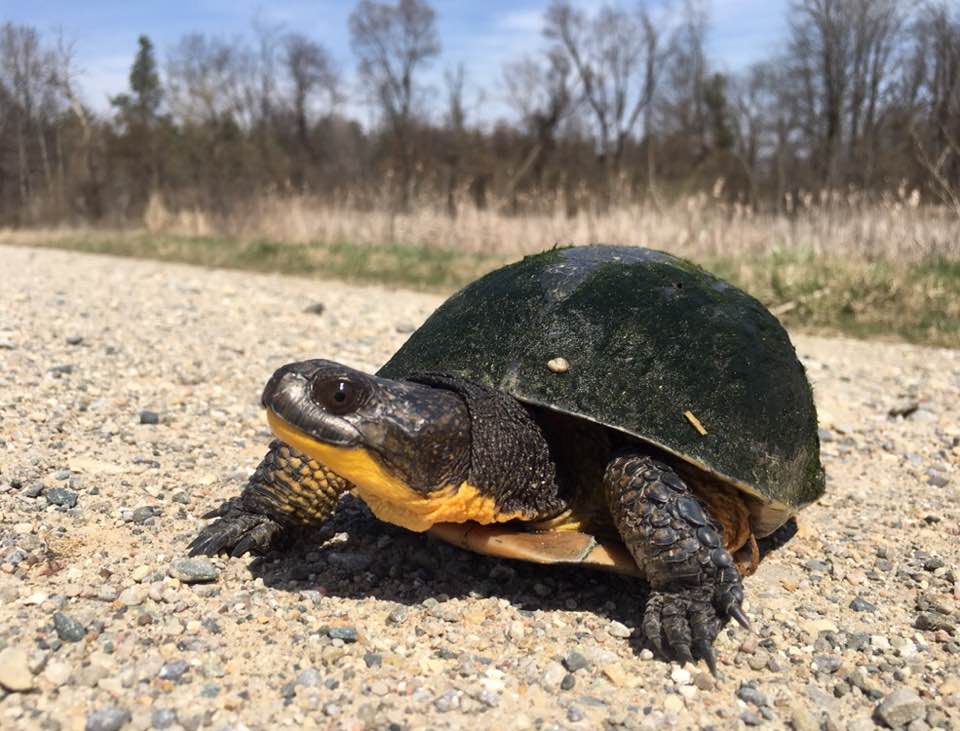

The HERP faculty at Purdue University Fort Wayne are Mark Jordan and Bruce Kingsbury. Visit our personal web sites, let us know if you have have questions, or send us an email at herps@pfw.edu.
Projects currently underway (oldest first):
Status of Massasauga (Sistrurus catenatus) Populations and Available Habitat in Indiana
Massasaugas are federally threatened and state endangered in Indiana. We have been conducting surveys for the snake and its habitat across its historical range, focusing on sites where the snake may no longer occur. Taylor Lehman just finished her thesis and we will report on our findings to the state this year.
Utilizing Environmental DNA (eDNA) for Detecting Massasaugas
Massasaugas are difficult to survey due to their rarity and cryptic behavior. Graduate student Jessica Merkling and advisor Mark Jordan are striving to develop methods for detecting environmental DNA in water and soil samples as an alternative population survey technique. Sampling for eDNA will potentially be much more cost-effective than intensive surveys using visual encounter or trapping.
Translocation as a Conservation Tool for Snakes
We have been exploring headstarting and translocating snakes as potential tools to rescue "nuisance" snakes and as a means of repatriating populations. Graduate students Jillian Josimovich and Monica Matthews are working with Kingsbury exploring translocation and whether or not "soft-release" approaches are more successful. Soft-release is a relatively new approach for snakes that involves keeps translocated individuals in an outdoor enclosure before releasing them in the hopes that they will acclimate to the new location, disperse more slowly, and be less likely to suffer mortality or return to their original place of capture.
Status of Blanding's and Spotted Turtles in Indiana
Spotted Turtles (Clemmys guttata) and Blanding's Turtles (Emydoidea blandingii) are state endangered in Indiana, as well as being petitioned to be listed as federally threatened under the Endangered Species Act. Graduate students Jessica Hinson and Ellie Pierce are working in collaboration with Jordan and Kingsbury and are conducting state-wide surveys for both species to assess the status of remnant populations and their habitat. GIS is used to determine which sites are surveyed and have suitable habitat, as well as for modeling other potential habitat and populations throughout the state. The first field season occurred this past summer (2017) and was successful with both species being found by surveying and trapping efforts.
Efficacy of Using eDNA to Detect Kirtland's Snake (Clonophis kirtlandii)
Kirtland's snake is a semi-fossorial species that is rarely observed aboveground. Due to concern for its conservation status and difficulty in traditional surveying, the utility of an eDNA assay of water and soil samples is being investigated to assist with monitoring of snake populations.

Blanding's Turtle - photo by Jillian Josimovich.